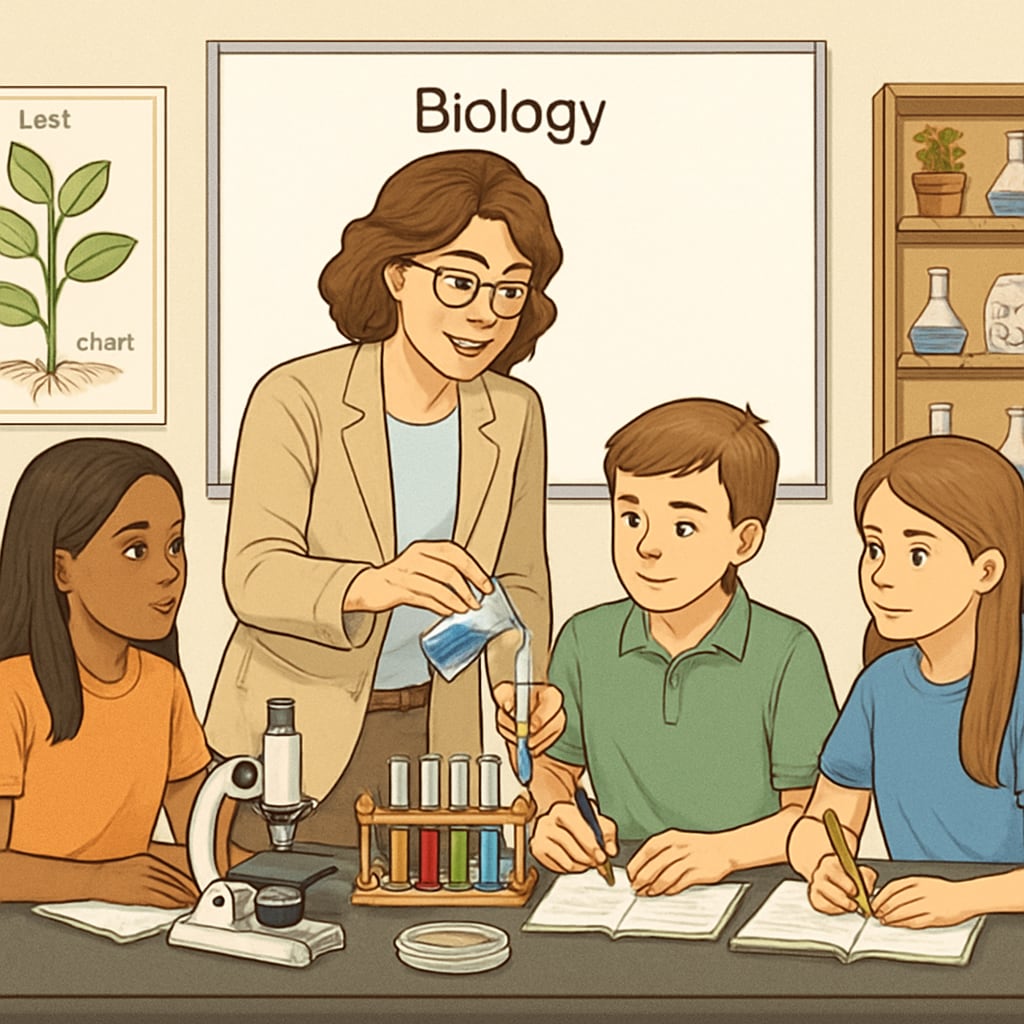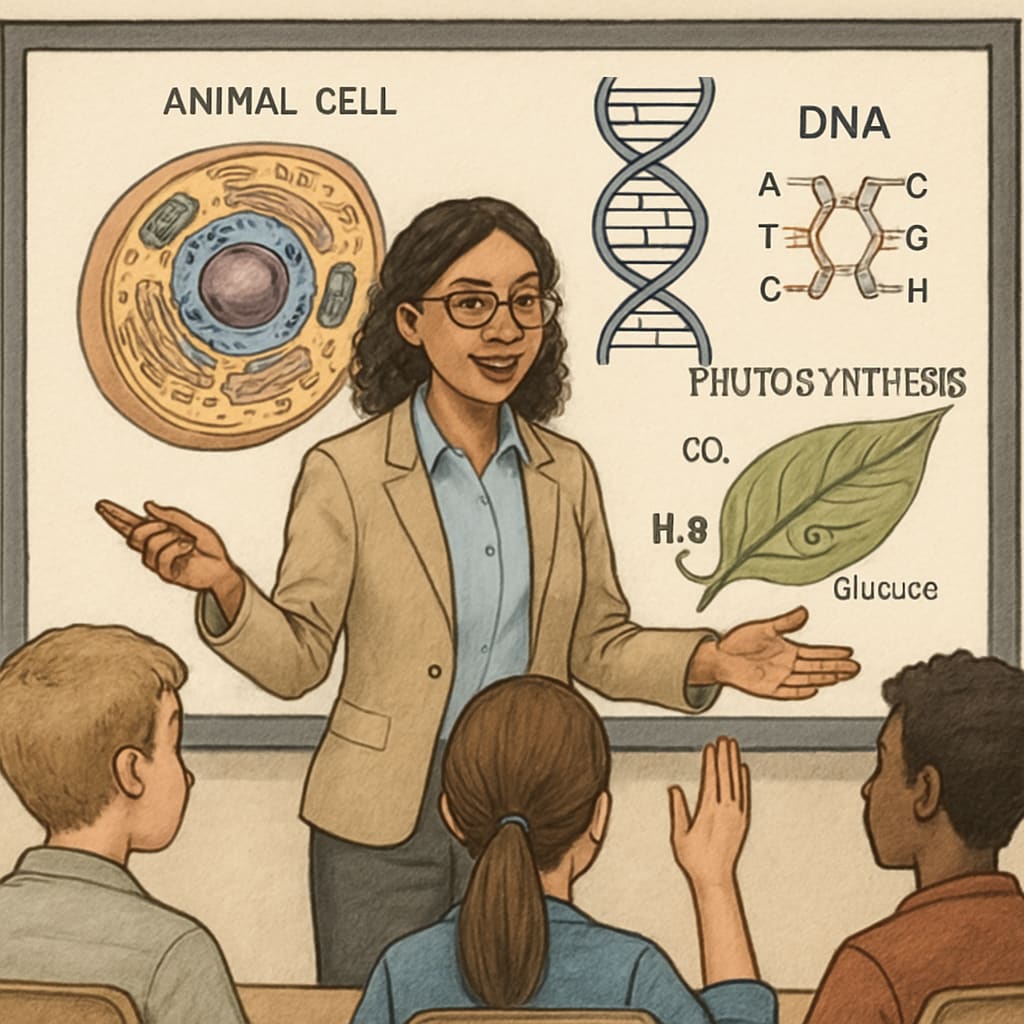For students with a biology background, transitioning to a master’s degree in education may seem like a significant leap. However, this shift from “biology labs to K-12 classrooms” is not only feasible but also offers immense value for those seeking a fulfilling career in teaching. By analyzing the advantages, challenges, and practical pathways of this transition, this article provides a roadmap for STEM graduates interested in contributing to the education sector.
Why Transition from Biology to Education?
The decision to pivot from biology to education often stems from a desire to make a more direct impact. While biology offers foundational knowledge in life sciences, an education master’s equips individuals with the pedagogical skills necessary for teaching. This combination creates professionals who can inspire the next generation of scientists, fostering critical thinking and curiosity in K-12 classrooms.
Moreover, the demand for STEM educators is growing. According to the Britannica overview on STEM education, there is a global emphasis on improving students’ science and math competencies. Educators with a robust STEM background are well-positioned to fill this gap, ensuring students receive high-quality, subject-specific instruction.

Advantages of Combining Biology with Education
Integrating a biology background with education expertise offers unique advantages:
- Specialized Knowledge: Biology graduates bring in-depth subject knowledge, enabling them to teach complex concepts with confidence.
- Hands-On Learning: Experience in laboratory environments equips these educators to design interactive, experiment-based lessons that engage students.
- Job Market Demand: STEM educators, particularly in biology, are in high demand, leading to promising career opportunities.
In addition, educators with STEM degrees can act as role models, encouraging students to pursue careers in science and technology, as outlined in the Wikipedia article on STEM fields.
Challenges of the Biology-to-Education Transition
Despite its advantages, this career shift is not without challenges. Some common obstacles include:
- Pedagogical Adaptation: Transitioning from a research-focused mindset to a teaching-oriented approach may require significant adjustment.
- Certification Requirements: Many education systems mandate additional qualifications, such as teaching certifications, which can be time-consuming to obtain.
- Classroom Management: For those new to teaching, managing diverse student needs and maintaining an engaging learning environment can be daunting.
However, these challenges can be mitigated through targeted training and mentorship during education master’s programs.

Practical Pathways for the Transition
To successfully transition from biology to education, consider the following pathways:
- Choose the Right Master’s Program: Look for education programs tailored to STEM graduates, offering courses in curriculum design, pedagogy, and classroom management.
- Gain Teaching Experience: Volunteering, tutoring, or working as a teaching assistant can provide valuable hands-on experience.
- Meet Certification Requirements: Research the teaching certifications needed for your target region and plan accordingly.
- Leverage Your Biology Background: Highlight your specialized knowledge and lab experience during job applications and interviews.
Final Thoughts on This Career Shift
Transitioning from a biology degree to a master’s in education represents a powerful opportunity to merge scientific expertise with teaching skills. By addressing challenges and leveraging their unique strengths, biology graduates can contribute meaningfully to STEM education, inspiring future generations. For those passionate about both science and education, this career path offers a fulfilling and impactful journey.
Readability guidance: This article follows a clear structure with short paragraphs, lists to summarize key points, and consistent use of transition words. Complex concepts are explained using accessible language, ensuring readability for diverse audiences.


